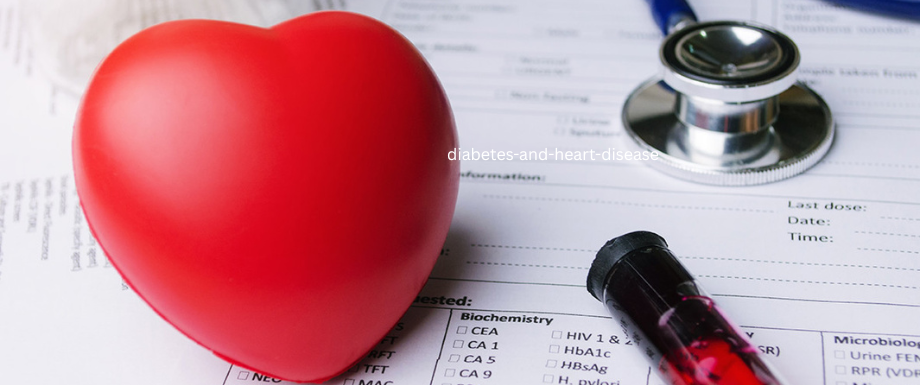ECG
Electrocardiogram (ECG) records the electrical activity of the heart at rest. It provides information about heart rate and rhythm. An ECG shows the possibility of enlargement due to hypertension or evidence of a previous heart attack. An ECG may be needed if you have risk factors for heart disease such as high blood pressure, or symptoms such as palpitations or chest pain.
Lipid Profile Test
Lipid profile test is used as part of a cardiac risk assessment to help determine an individual’s risk of heart disease and to help make decisions about what treatment may be best if there is borderline or high risk.
A lipid profile typically includes:
- Total cholesterol — this test measures all of the cholesterol in all the lipoprotein particles. This is the total amount of cholesterol in your blood.
- High-density lipoprotein cholesterol (HDL-C) — measures the cholesterol in HDL particles; often called “good cholesterol” because it removes excess cholesterol and carries it to the liver for removal.
- Low-density lipoprotein cholesterol (LDL-C) — calculates the cholesterol in LDL particles; often called “bad cholesterol” because it deposits excess cholesterol in walls of blood vessels, which can contribute to atherosclerosis. Usually, the amount of LDL-C is calculated using the results of total cholesterol, HDL-C, and triglycerides.
- Triglycerides — measures all the triglycerides in all the lipoprotein particles; most is in the very low-density lipoproteins (VLDL).
- When you eat, your body converts the calories it doesn’t need into triglycerides, which are stored in your fat cells. People who are overweight, diabetic, eat too many sweets, or drink too much alcohol can have high triglyceride levels
Normal Lipid Profile Values
| LDL | 70 to 130 mg/dL |
| HDL | more than 40 to 60 mg/dL |
| Total cholesterol | less than 200 mg/dL |
| Triglycerides | 10 to 150 mg/dL |
Blood Pressure (BP) Screening
Blood pressure measures how much force a person’s blood is putting on the artery walls as the heart pumps. High blood pressure, or hypertension, occurs when that person’s heart has to work extra hard to pump blood throughout the body. High blood pressure often happens when arteries lose their elasticity through hardening caused by cholesterol, plaque or scarring.
| Category | Systolic, mmHg | Diastolic mmHg |
| Hypotension | < 90 | < 60 |
| Normal | 90-119 | 60-79 |
| Prehypertension | 120-139 | 80-89 |
| Stage 1 Hypertension | 140-159 | 80-99 |
| Stage 2 Hypertension | 160-179 | 100-109 |
| Hypertensive crisis | >180 | >110 |
High blood pressure can be controlled through lifestyle changes or medication.
